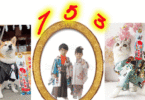Hi Messrs. & Mses. Japanophiles. how are you? Today’s theme is about mint (Wado-Kaichin), cradle of coinages in circulation for the first time in AD 708 in Japan.
The mint is said to have originated in this area, mostly in where there were tons of copper which is high purity Natural Copper for the first time in Japan.

Copper was presented to the imperial court, and Imperial Court was pleased with this, the era was changed to “Japanese copper”, “Wado” in 708, and issued the first coin “wadokaichin” started in circulation throughout the civilized country of Japan.
This is a historical fact that the traces which the “Japanese copper” was mined are still left in the district of Kuroya, Chichibu City. The area around here is the “Wado-Kaichin ruins”
Here’s one of the remains of mining where we see some historical spot such as the old trench and/or holes after excavating coppers from there.
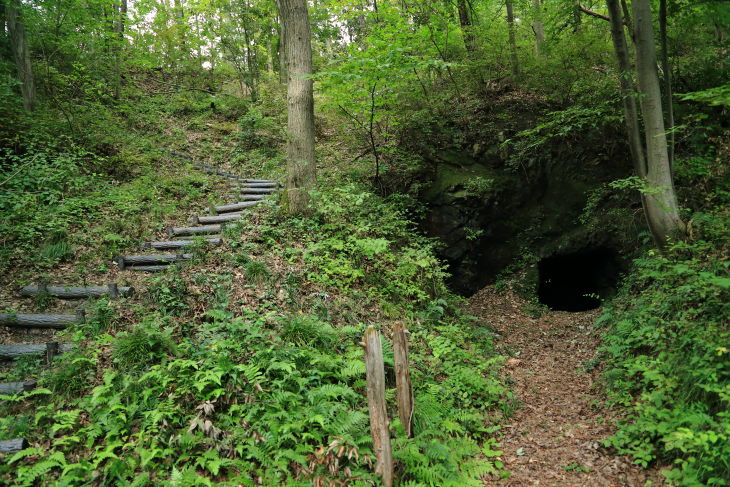
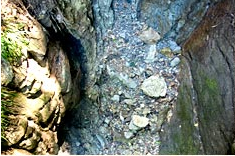
There is also a coin-like monument erected to commemorate a hitorical importance saying “Wado-Kaichin”.
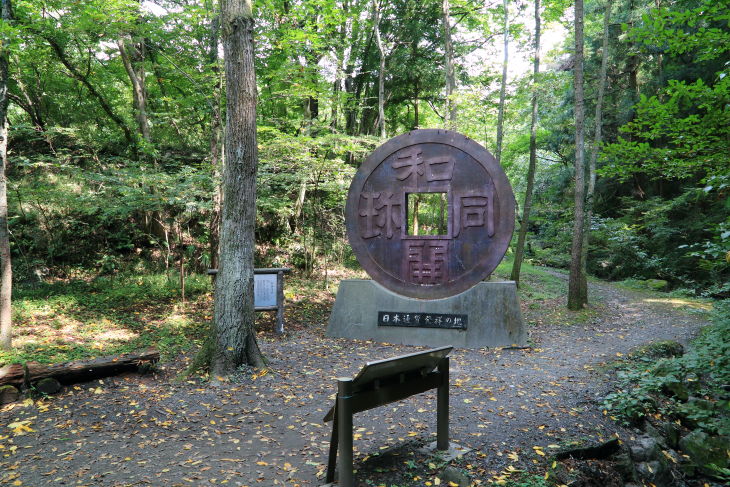
Contents
What’s mint (Wado-Kaichin)?
Mint, (Wadō-kaichin or also called Wadō-kaihō), is the oldest official Japanese coinage, having been minted starting on 29 August 708 on order of Empress Genmei.
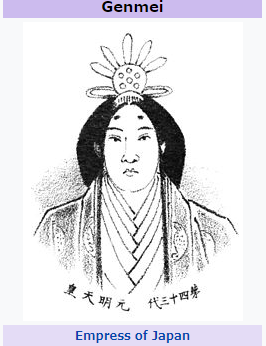
Empress Genmei (660 – 721) was the 43rd monarch of Japan, according to the traditional order of succession.
Genmei’s reign spanned the years 707 through 715 CE.(of the period coinciding with the Christian era).
The coins, which were round with a square hole in the center, remained in circulation until 958 AD. These were the first of a series of coins collectively called jūnizeni or kōchō jūnisen.
“Wadōkaichin” is the transliteration of the four characters in the coin’s inscription, which is thought to be composed of the era name Wadō (we explain later), which could alternatively mean “happiness”, and “Kaichin”, thought to be related to “Currency”.

Silver Wadōkaichin coin, 8th century, (from Japan Currency Museum)

Wadōkaichin copper coin
This coinage was inspired by the Tang dynasty (Chinese) coinage named Kaigentsūhō, first minted in Chang’an in 621 CE. The Wadōkaichin had the same specifications as the Chinese coin, with a diameter of 2.4 cm and a weight of 3.75 g.
What’s another meaning of “Wado”?
Wadō was a Japanese era name after Keiun and before Reiki. This period spanned the years from January 708 through September 715. The reigning monarch was Empress Genmei shown as above image.
708 Wadō gannen (initial year): The new era name Wadō (meaning “Japanese copper”) was created because a high quality copper mine was discovered in Chichibu in Musashi Province(SAitama-ken, Chichibu-shi), what is now known as former Wado Mine. The previous era ended and the new one commenced in the spring of Keiun 5, on the 11th day of the 1st month of 708.
The Japanese word for copper is “dō”; and since this was indigenous copper, the “wa” (the ancient Chinese term for Japan) could be combined with the “dō” (copper) to create a new composite term — “wadō“—meaning “Japanese copper”. A mint was established in the province of Ōmi; and the Wadō era is famous for the coin wadōkaihō/wadōkaichin (和同開珎), which is recognized as the first Japanese currency.
What’s the lucky god to make money?

There is a shrine named “Hijiri Shrine”, which is the small shrine, but it’s very noted and popular for “Power Spot” as it is often refered to as the Lucky god to bring money to you.

If you visit the shrine on weekends, it’s terribly crowed with “worshipers of Mammon”.
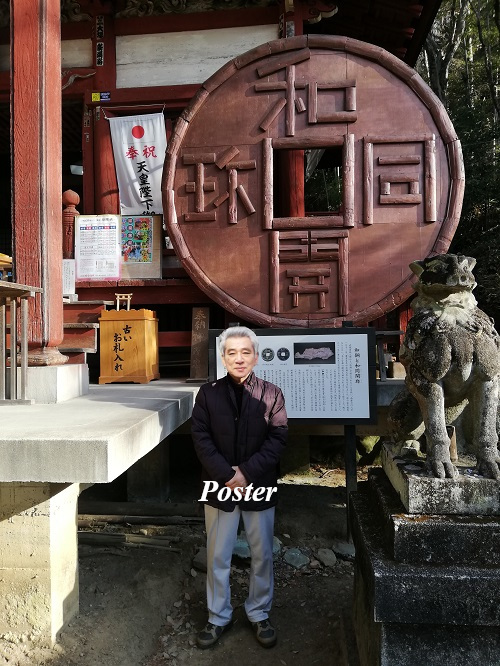
on Feb 11, 2019
How about feeling the atomosphere of “Power Spot of Money” by visiting here at the same time?
Incidentally, visiting “Chichibu Night Festival” that is held annually in the same city is highly recommendable because it listed as a UNESCO Intangible Cultural Heritage, and along with Kyoto’s Gion Festival and Hida’s Takayama Festival, Japan’s Three Great Beauty Festivals, thanks


